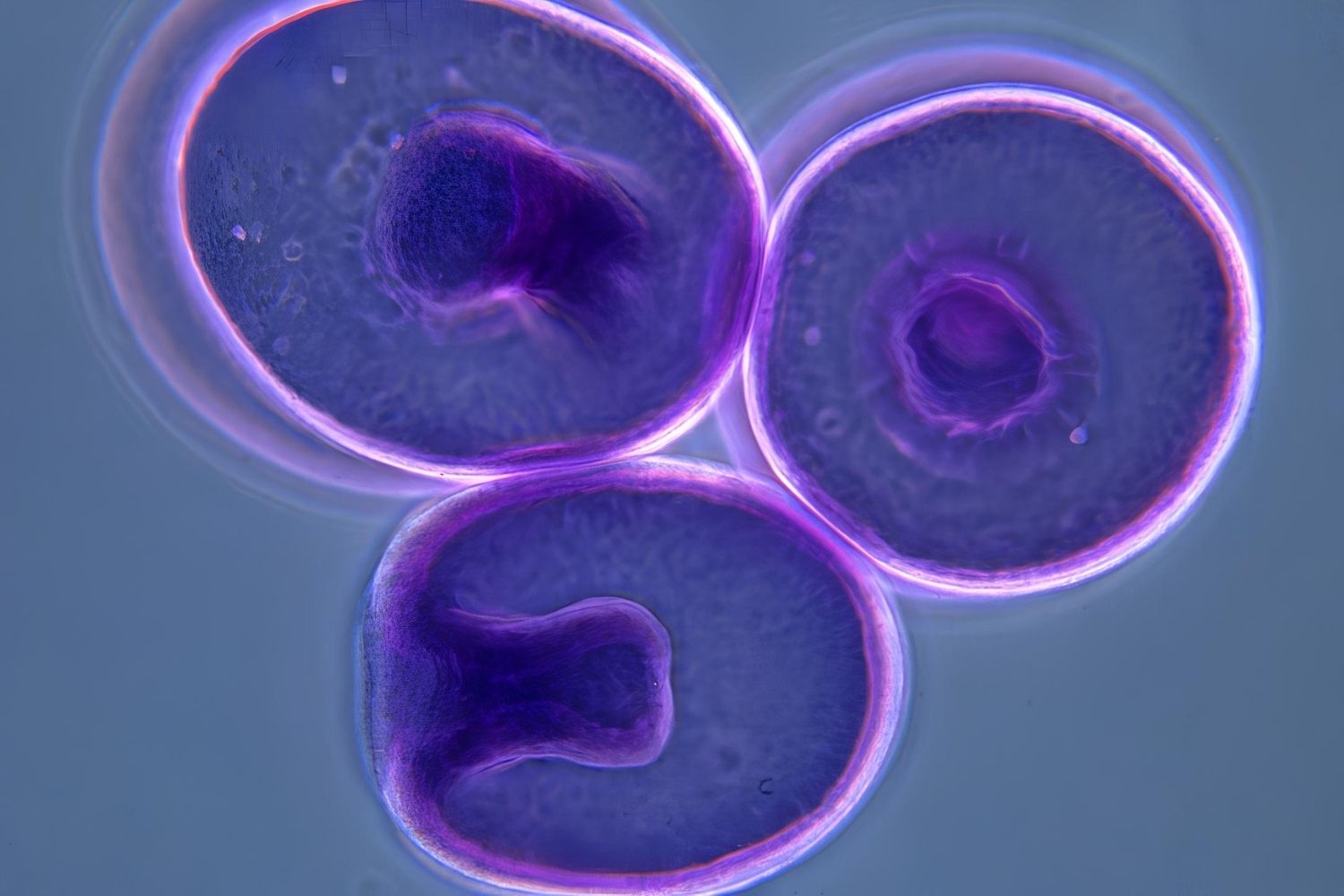
What is a gastrula? A gastrula is an early phase in embryonic development that follows the blastula stage. During this stage, the single-layered blastula reorganizes into a multilayered structure known as the gastrula. This process, called gastrulation, is crucial because it sets the foundation for the formation of different tissues and organs in the developing embryo. The gastrula consists of three primary germ layers: the ectoderm, mesoderm, and endoderm. Each of these layers will eventually give rise to specific tissues and organs. Understanding the gastrula stage is vital for comprehending how complex organisms develop from a single cell.
What is a Gastrula?
A gastrula is a crucial stage in early embryonic development. It follows the blastula stage and involves significant cell movement and differentiation. This process sets the foundation for forming tissues and organs in an organism.
- The gastrula stage marks the beginning of morphogenesis, where the embryo starts to take shape.
- During gastrulation, cells move to new positions, forming three primary germ layers: ectoderm, mesoderm, and endoderm.
- The ectoderm eventually forms the skin and nervous system.
- The mesoderm gives rise to muscles, bones, and the circulatory system.
- The endoderm develops into the digestive tract and respiratory system.
Importance of Gastrulation
Gastrulation is a pivotal event in embryonic development. It ensures that cells are correctly positioned to form various tissues and organs.
- Gastrulation is often referred to as the "most important time in your life" because it sets the stage for all subsequent development.
- Errors during gastrulation can lead to severe developmental defects or embryonic lethality.
- The process is highly conserved across different species, indicating its fundamental role in development.
- Gastrulation involves complex signaling pathways that guide cell movement and differentiation.
- Research on gastrulation helps scientists understand congenital disabilities and potential regenerative medicine applications.
Mechanisms of Gastrulation
The mechanisms driving gastrulation are intricate and involve coordinated cell movements and signaling.
- Invagination is a process where a group of cells folds inward, forming a pocket.
- Involution involves cells rolling over the edge of a layer, moving inward.
- Ingression is when individual cells migrate from the surface into the embryo's interior.
- Epiboly is the expansion of one cell layer over another, covering it completely.
- Convergent extension is a process where cells rearrange to elongate the tissue.
Gastrulation in Different Organisms
Gastrulation varies among species, but the fundamental principles remain consistent.
- In amphibians, gastrulation begins with the formation of a structure called the blastopore.
- Birds and reptiles undergo a process called primitive streak formation during gastrulation.
- Mammalian gastrulation involves the formation of a structure known as the node.
- Sea urchins exhibit a unique form of gastrulation involving both invagination and ingression.
- Insects like Drosophila undergo a process called germ band extension during gastrulation.
Historical Discoveries in Gastrulation
Understanding gastrulation has been a significant focus of developmental biology for centuries.
- The term "gastrula" was first coined by Ernst Haeckel in the 19th century.
- Hans Spemann's experiments in the early 20th century demonstrated the importance of the organizer region in gastrulation.
- The discovery of the Spemann-Mangold organizer provided insights into how cells communicate during development.
- Modern techniques like live imaging and genetic manipulation have advanced our understanding of gastrulation.
- Research on model organisms like zebrafish and mice has been instrumental in uncovering the molecular mechanisms of gastrulation.
Modern Research and Applications
Current research on gastrulation has broad implications for medicine and biology.
- Scientists are exploring how stem cells can be guided through gastrulation-like processes to form specific tissues.
- Understanding gastrulation can lead to better treatments for infertility and early pregnancy loss.
- Gastrulation research contributes to regenerative medicine, aiming to repair or replace damaged tissues and organs.
The Final Word on Gastrulation
Gastrulation is a crucial phase in embryonic development. This process transforms a simple blastula into a complex structure with three distinct layers: the ectoderm, mesoderm, and endoderm. Each layer has a specific role, forming various tissues and organs. Without gastrulation, proper development wouldn't be possible.
Understanding gastrulation helps scientists grasp how life begins and develops. It also sheds light on congenital disabilities and potential medical advancements. This knowledge is vital for fields like regenerative medicine and developmental biology.
So, the next time you think about how life starts, remember the importance of gastrulation. It's a fascinating process that lays the groundwork for all living organisms. Keep exploring, stay curious, and appreciate the wonders of biology.
Was this page helpful?
Our commitment to delivering trustworthy and engaging content is at the heart of what we do. Each fact on our site is contributed by real users like you, bringing a wealth of diverse insights and information. To ensure the highest standards of accuracy and reliability, our dedicated editors meticulously review each submission. This process guarantees that the facts we share are not only fascinating but also credible. Trust in our commitment to quality and authenticity as you explore and learn with us.
